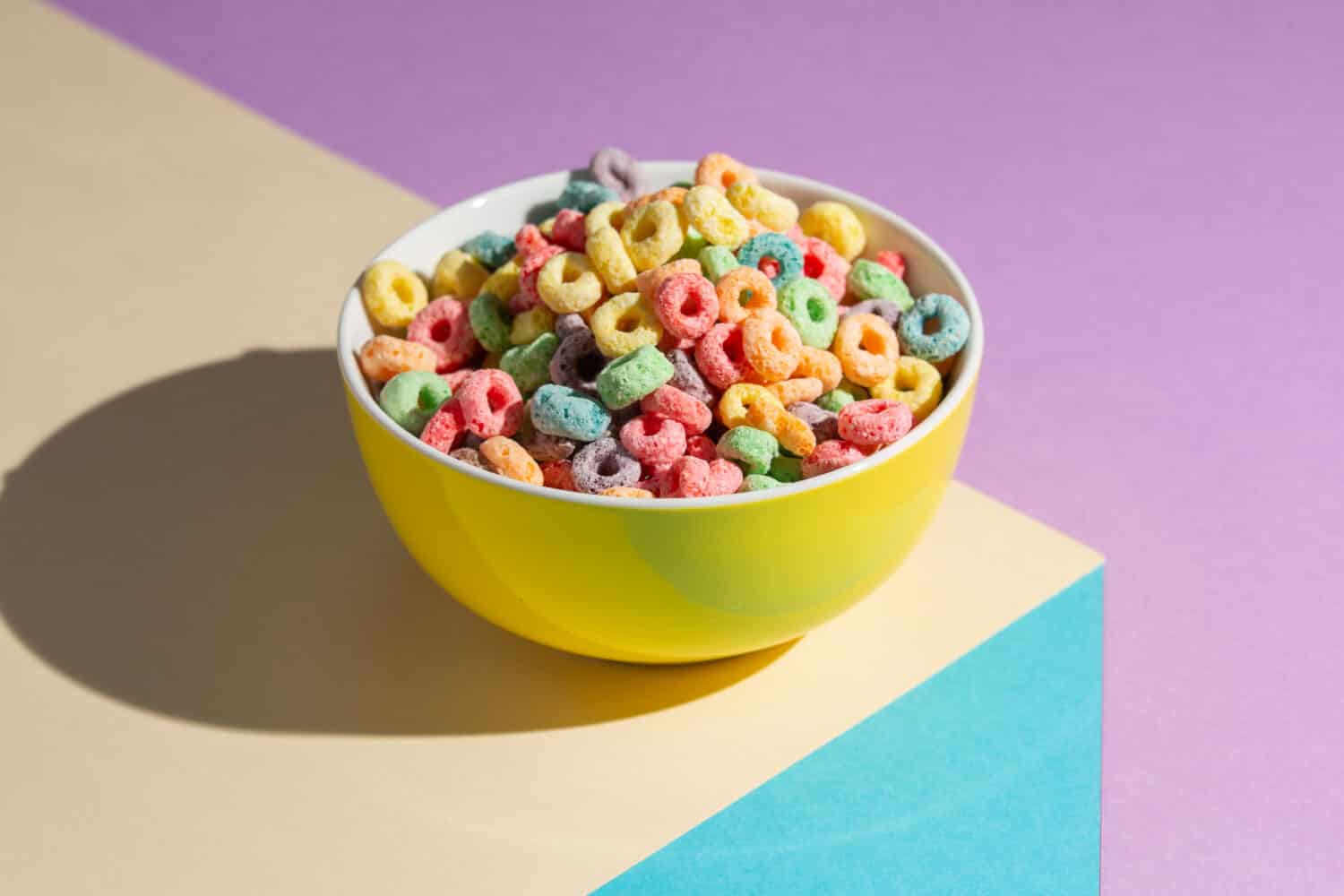If you've purchased pre-packaged items from the grocery store lately, you've likely noticed a lengthy list of ingredients. Some of these can be difficult to pronounce, let alone understand what they actually are. For this reason, a few popular foods that are sold and consumed here in the United States are banned in other countries.
This may sound alarming and leave you wondering why. Are the foods listed here even safe to eat? Why do other countries find some of our foods unhealthy? And why are they allowed in the U.S. if they're banned in other countries?
To better understand why these foods are banned in various other countries, let's take a closer look at each item and what makes it unhealthy by other countries' standards.
Coffee Mate Creamer
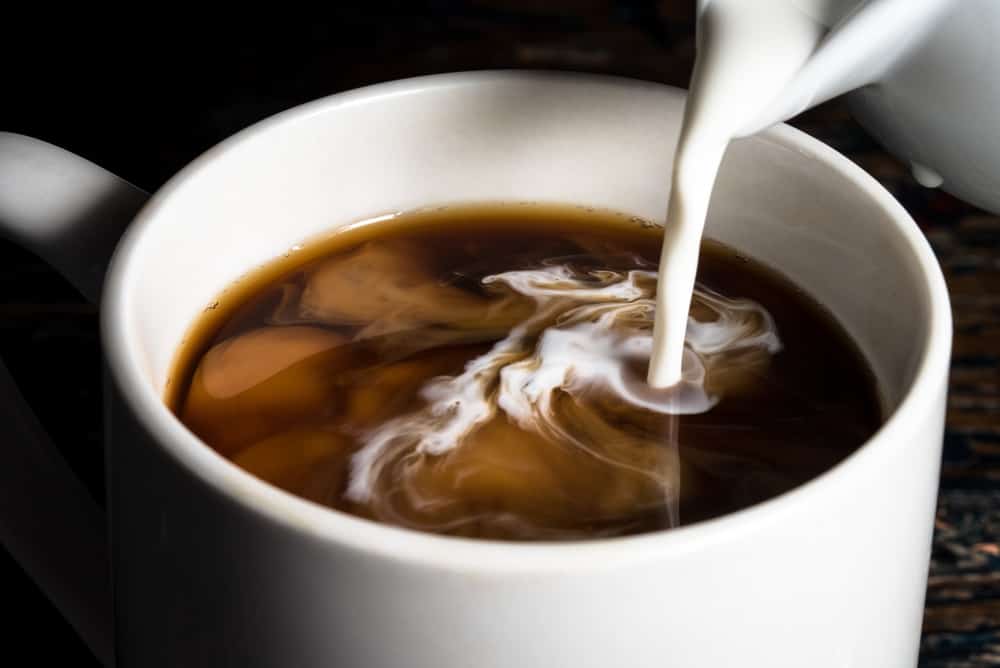
©Michelle Lee Photography/Shutterstock.com
While a popular coffee creamer in the United States, Coffee-Mate includes partially hydrogenated oils. These include soybean and cottonseed oil, which have high levels of trans fats that have been linked to possible heart disease. In fact, according to the Mayo Clinic, studies have shown that trans fat can lead to an increased risk of heart attack, type 2 diabetes, strokes, and increased cholesterol levels.
Coffee Mate is currently banned in many European countries including Austria, Switzerland, Denmark, Hungary, and Norway.
Skittles
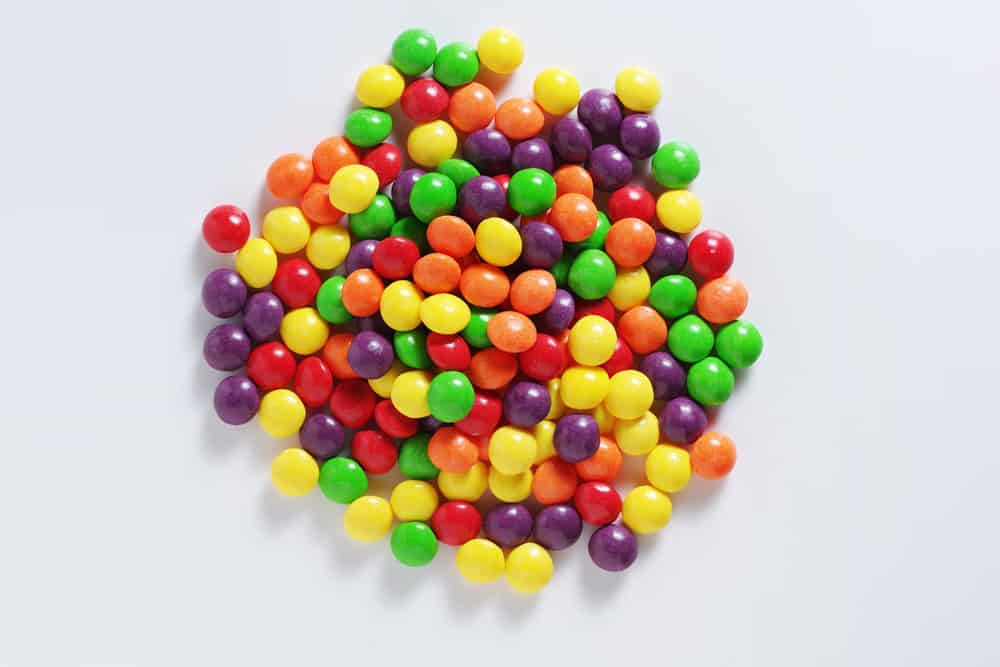
©Aleksandrs Samuilovs/Shutterstock.com
Invented in 1974, Skittles are a popular candy for both kids and adults today. However, this candy includes artificial dyes like yellow 5 (tartrazine), yellow 6, and red 40. Even though many of these dyes have been linked to hyperactivity in children, their consumption has increased by more than 500% in recent years according to Healthline. Healthline also reports that while more studies need to be done, these dyes are potentially linked to cancer-causing issues as well.
Interestingly, Skittles were first invented in the UK before making their way to the United States in 1979. Today, though, this candy is banned in many European countries, like Austria. Additionally, the UK has rules that require any manufacturer that uses these artificial dyes to include a warning label on their products.
Milk with Growth Hormones
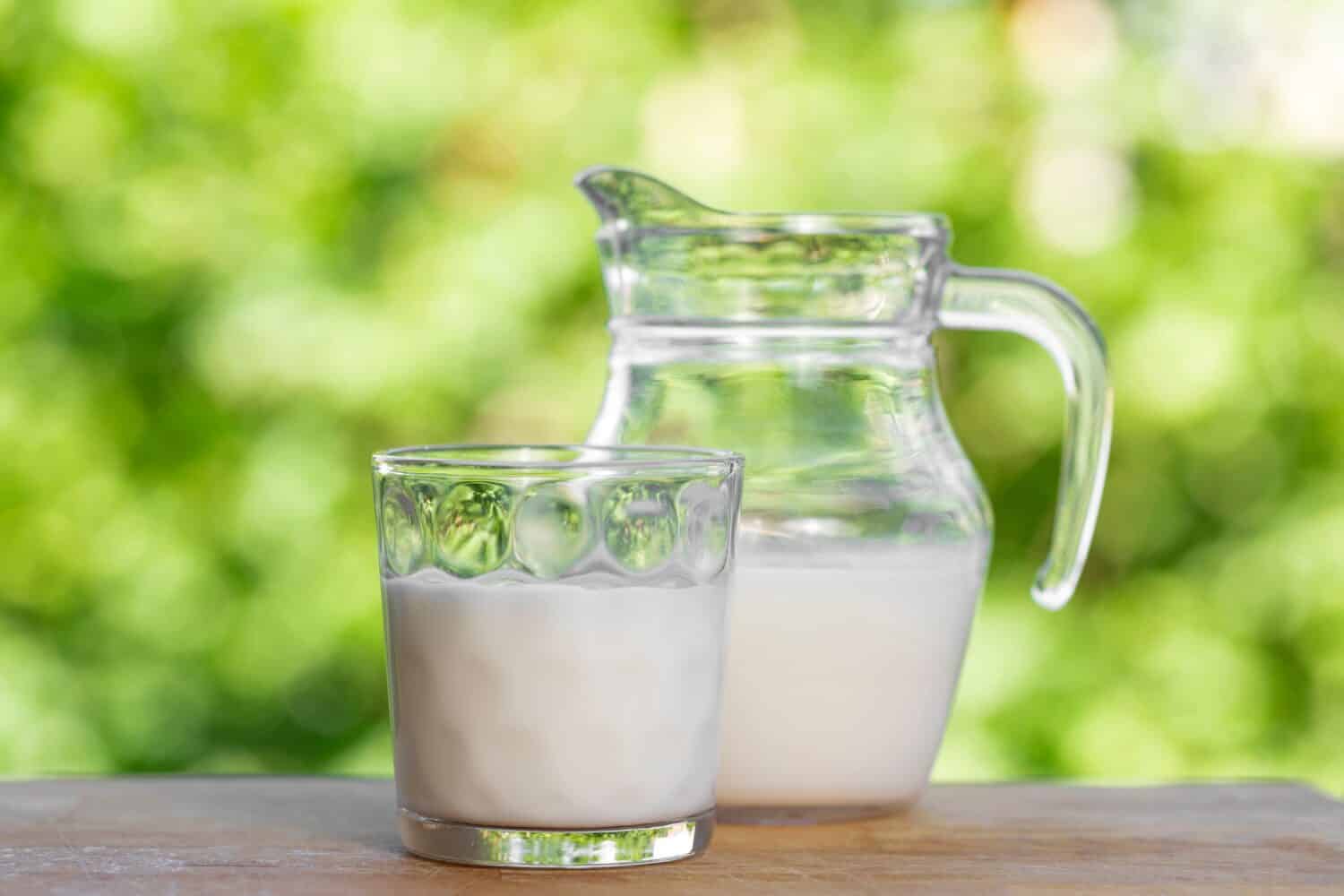
©Eryx V/Shutterstock.com
Most milk produced in the United States is healthy and a great source of protein and calcium. However, some producers have an added unhealthy growth hormone called rBGH to this dairy product. While this growth hormone is given to dairy-producing cows to help them produce more milk, it's also a synthetic, man-made hormone that can lead to cancer. The American Cancer Society reports that humans who consume rBGH can have increased levels of IGF-1. This is a growth hormone that's thought to increase the risk of cancer.
Many countries in the EU and Canada have banned milk produced with rBGH.
Gatorade
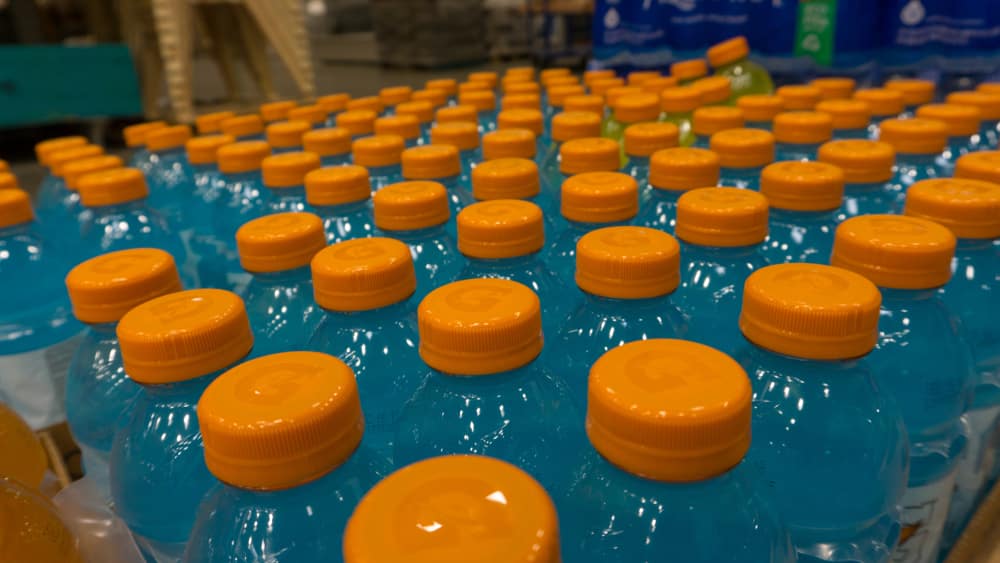
©DJSinop/Shutterstock.com
In the U.S., Gatorade is a popular sports drink. While this drink does have electrolytes, some varieties also contain harmful dyes, similar to Skittles. Additionally, the drink used to contain brominated vegetable oil, which is illegal in many countries inside the European Union and Japan. Once this ingredient was removed, some countries allowed it to be sold again.
However, many flavors of this sports drink contain harmful dyes like yellow 5 and yellow 6. As we learned from Skittles, these artificial dyes can be harmful to humans, especially children. For this reason, Gatorade is banned in countries like Austria and Norway.
Ritz Crackers
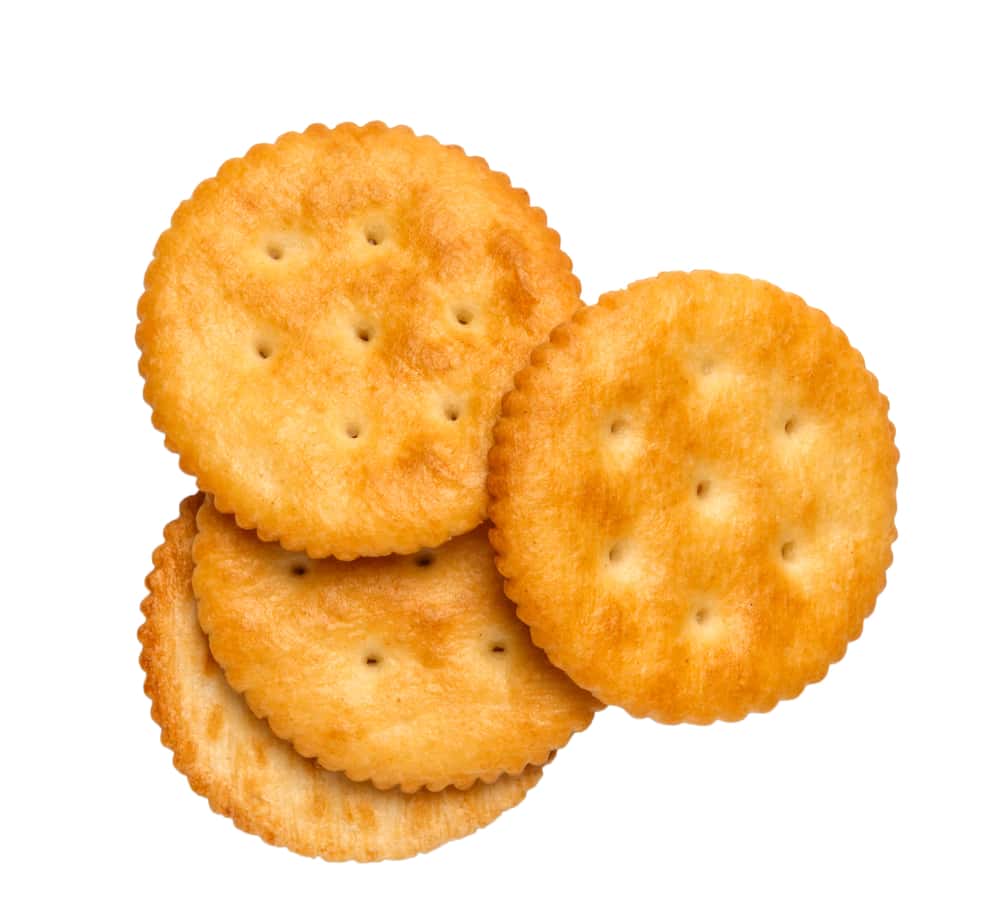
©bixstock/Shutterstock.com
Similar to Coffee Mate, Ritz crackers are banned in some countries because they're manufactured with partially hydrogenated cottonseed oil. While this trans fat is often added to foods to help increase their shelf life, we know that it can also increase the risk of heart-related issues.
It's important to note that Ritz cracker nutrition labels report 0g of trans fat per serving. But how can this be true if the ingredient list includes partially hydrogenated oils and these crackers are banned in other countries? According to the FDA, any food item that has 0.5 grams or less can be reported as 0g on the label. Other countries, however, don't allow any amount of trans fat in products, thus leading to the ban on Ritz crackers.
Various Types of Cereal
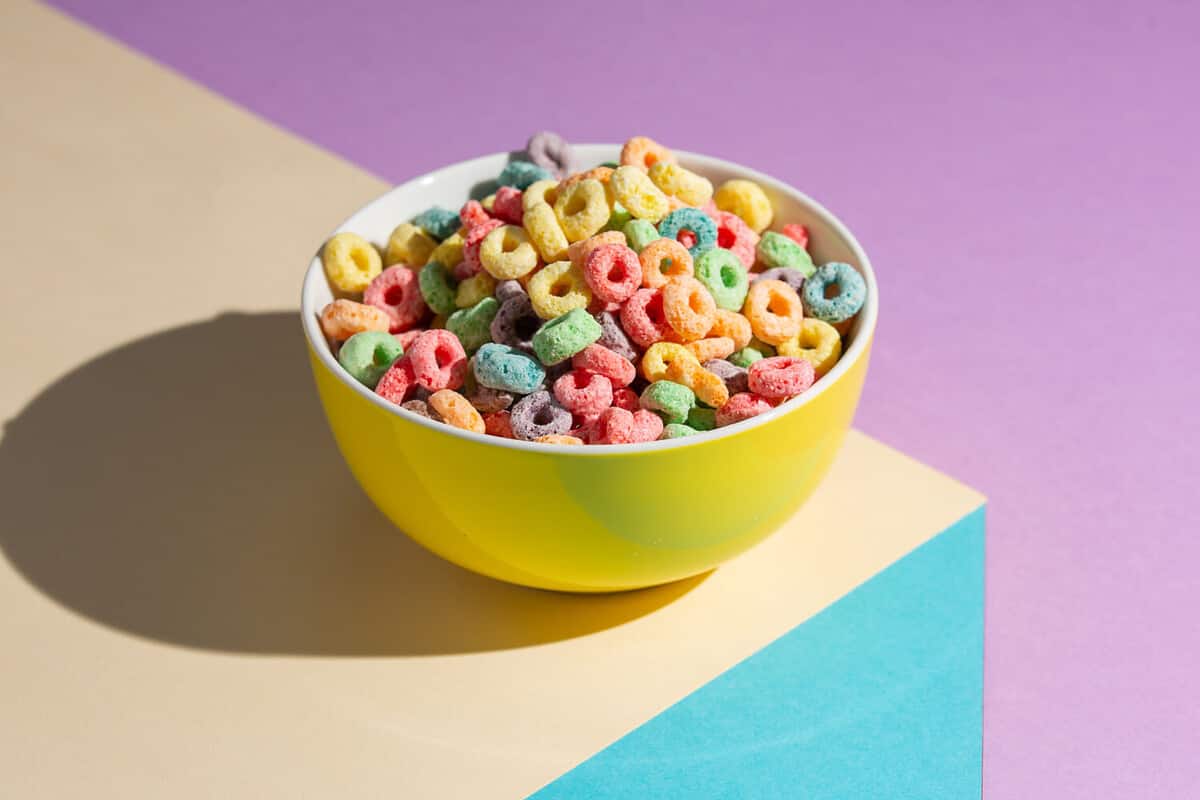
©Sergio Rojo/Shutterstock.com
Some types of cereal are banned in other countries due to potentially harmful additives. For example, Froot Loops contains those pesky food dyes we've discussed. Other cereals like Frosted Flakes and Honey Bunches of Oats contain an added chemical called butylated hydroxytoluene (BHT). While BHT is used as a flavor enhancer and to increase shelf life, it's also been linked to organ issues.
Because of BHT, many cereals are banned throughout the UK, Japan, and other European countries. While the FDA still reports that in small amounts there is no risk to consuming BHT, a few tests have shown that it can lead to carcinogenic effects and other health-related issues.
Little Debbie Swiss Cake Rolls
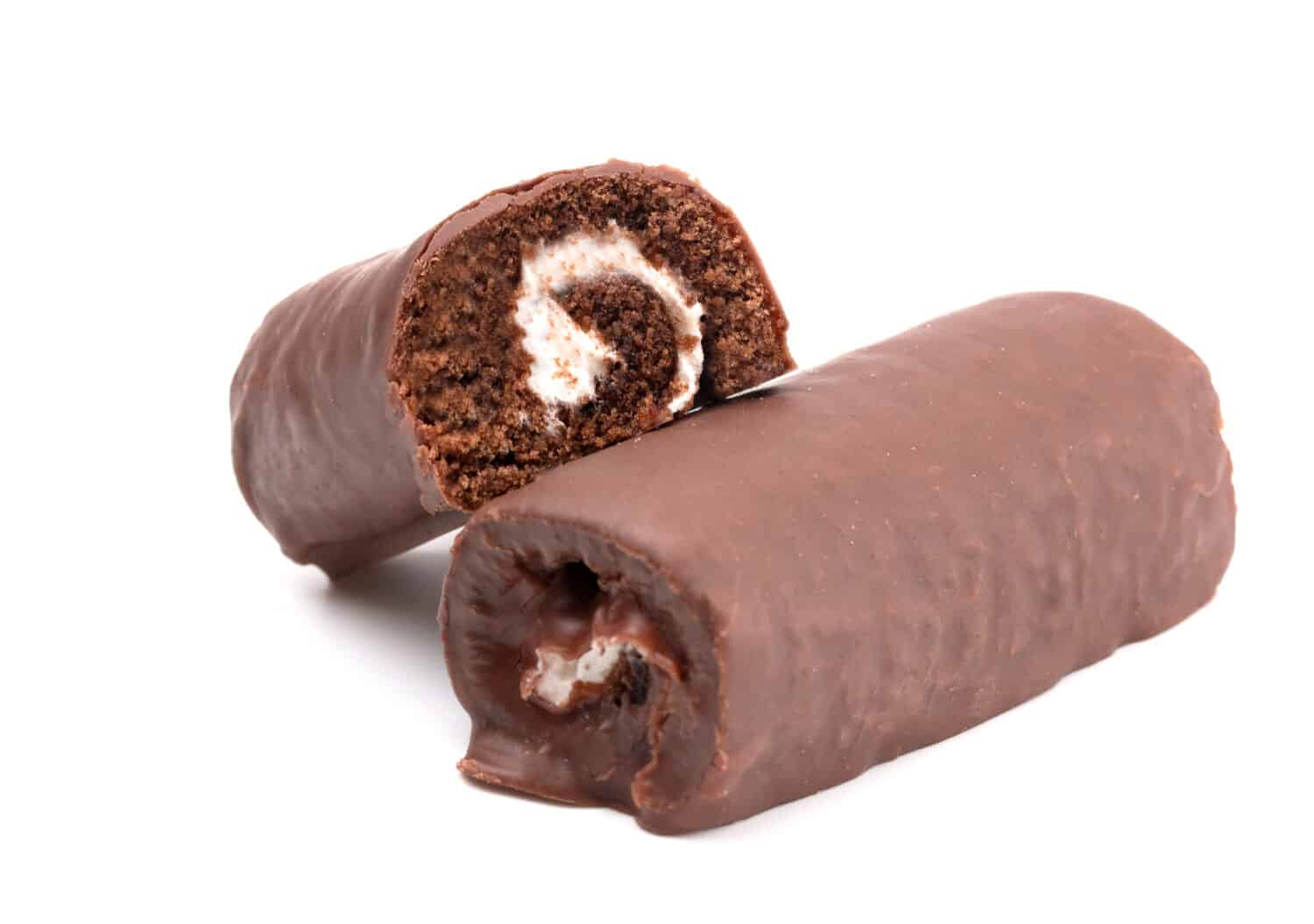
©P Maxwell Photography/Shutterstock.com
Even though Little Debbie Swiss Cake Rolls appear brown and white, these snacks still contain food dye additives, making them banned in other countries like Norway and Austria. Some other countries in Europe allow them, but they must have a warning label on them due to the use of yellow 5 and red 40.
Additionally, it's worth noting that other snack items like Hostess's Twinkies are also banned from some countries in the EU. While yellow 5 isn't an issue in the United States, many European countries either don't allow them or market them with warnings.
Stove Top Stuffing
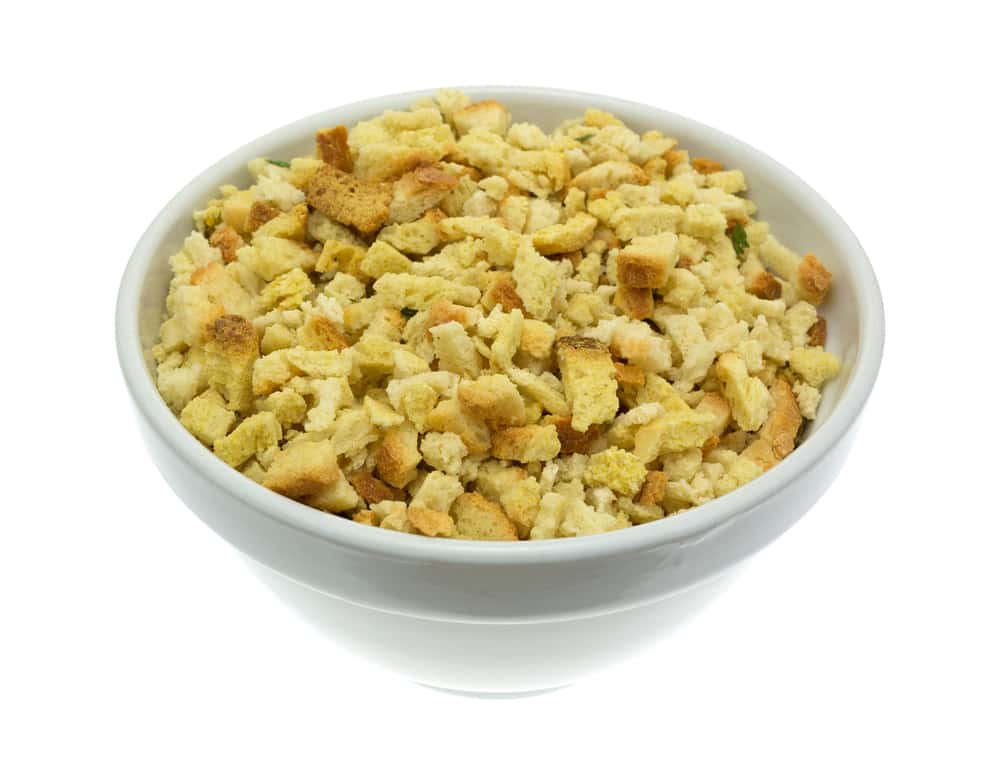
©BW Folsom/Shutterstock.com
While Stove Top stuffing is popular in the United States, especially around Thanksgiving, the food item is known to contain BHA (beta-hydroxy acid) and BHT. It's also worth noting that instant mashed potatoes contain some of the same ingredients. The National Library of Medicine reports that these additives can lead to blood and organ issues. These additives have also been linked to skin irritations.
As a result, Stove Top is banned in the UK, Japan, and other countries in Europe.
Citrus Sodas
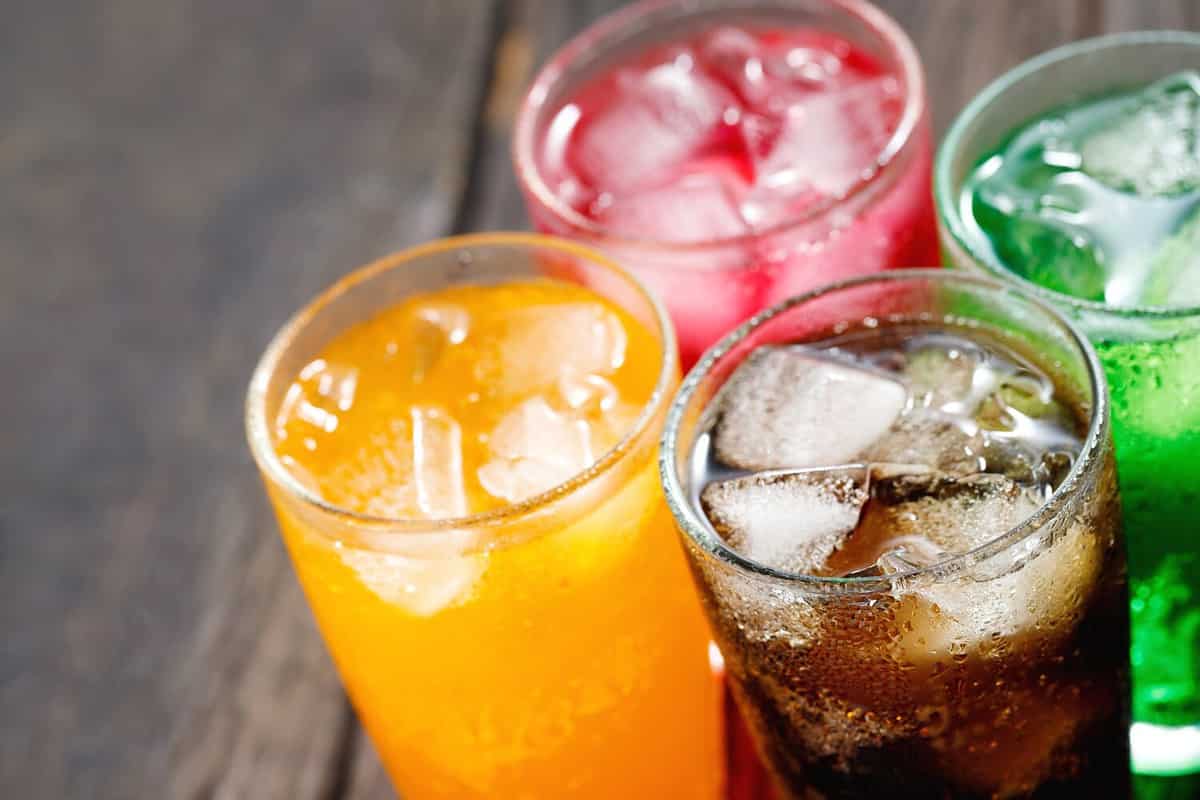
©fongbeerredhot/Shutterstock.com
One citrus soda in particular, Sun Drop, manufactured by the Dr. Pepper group, contains brominated vegetable oil. BVO is used as an additive to sodas to keep the flavors from separating. While this can enhance the flavor, studies have shown BVO can affect our central nervous system, causing headaches and memory loss. It can also be a skin irritant.
Environmental Working Group reports that until recently, BVO could be found in many different sodas including Mountain Dew. While many soda producers have removed BVO from their beverages, you can still find it in Sun Drop. BVO is currently banned in Japan and throughout the EU.
Chicken and Farmed Salmon
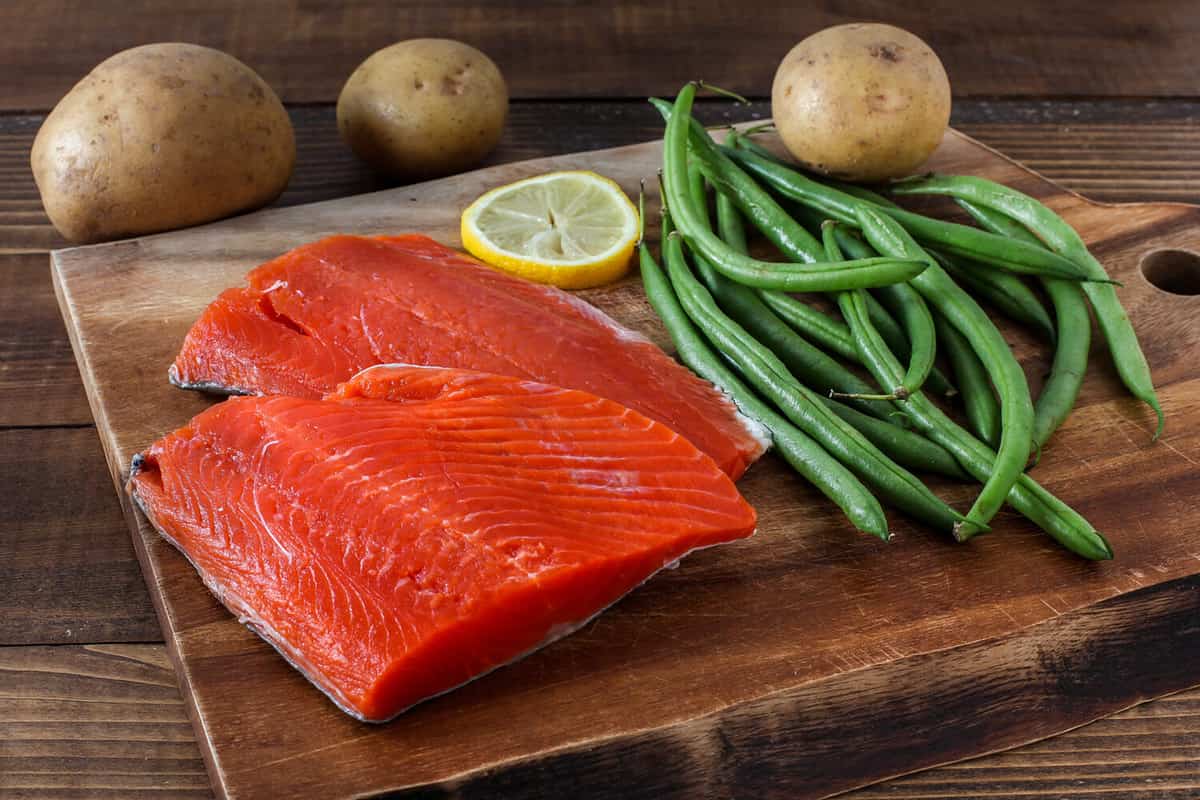
©Miro Vrlik Photography/Shutterstock.com
How different types of meat are processed can vary from country to country. In the United States, items like chlorinated chicken and farmed salmon are banned in many countries in the EU.
To keep chicken from carrying foodborne illnesses like salmonella, it's often washed with chlorine when processed. This practice is banned in the UK and is often seen as an unhealthy and unwise practice. SoilAssociation.org states that chlorinated chicken became banned in 1997, and the ban doesn't look to be lifted anytime soon.
Additionally, farmed salmon in the U.S. are fed chemicals in their food to enhance their color. BeyondPesicides.org reports that some of the chemicals include polybrominated diphenyl ethers, polychlorinated biphenyl, and dioxin, to name a few. Countries like New Zealand and Australia ban farmed salmon from the U.S. and only choose to eat fresh, wild-caught salmon.
Final Thoughts
While many of these foods are marked as safe in the United States by the FDA, they could still lead to health-related issues. More testing needs to be done, but when it comes to making healthy choices, you may want to consider staying away from synthetic additives and colorful dyes. Also, consider purchasing whole foods that don't contain potentially harmful preservatives to lengthen shelf life.
As a helpful resource, the Environmental Working Group has created a list of 12 chemicals to consider avoiding. Additionally, keeping the mantra “everything in moderation” can help you enjoy special treats without overindulging.
If you'd like to enjoy a recipe with fresh, wild-caught salmon from a sustainable source, try the recipe below.
Print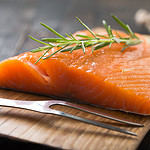
Salmon Noodle Bowl
- Total Time: 25 minutes
Description
If there are two things that go together well, it’s salmon and noodles. Salmon is light and airy, and it is perfectly complemented by noodles which add a bit of weight to the dish without overpowering it.
Ingredients
- 1 (9 ounce) package refrigerated fettuccine
- 1 pound skinless, boneless 1-inch thick salmon fillet, cut into 8 pieces
- 2 tablespoons olive oil
- 6 cups packaged fresh baby spinach
- 1/2 cup bottled roasted red or yellow sweet peppers
- 1/2 cup garlic-stuffed green olives, coarsely chopped
- 1/2 cup reduced-calorie balsamic vinaigrette salad dressing
Instructions
- Cook pasta according to package directions.
- Meanwhile, brush fish with 1 tablespoon of the olive oil. Sprinkle lightly with salt and black pepper.
- Heat a very large skillet over medium heat. Add fish to hot skillet; cook for 8 to 12 minutes or until fish begins to flake when tested with a fork, turning once halfway through cooking. Remove fish from skillet; cover and keep warm.
- Add spinach, roasted peppers, olives, and the remaining 1 tablespoon olive oil to skillet; cook and stir for 1 to 2 minutes or just until spinach is wilted.
- Drain pasta; add to skillet.
- Add dressing; toss to coat. Season to taste with salt and pepper.
- Divide pasta mixture among 4 shallow bowls; top with fish.
- Prep Time: 10 minutes
- Cook Time: 15 minutes
The image featured at the top of this post is ©Sergio Rojo/Shutterstock.com.
